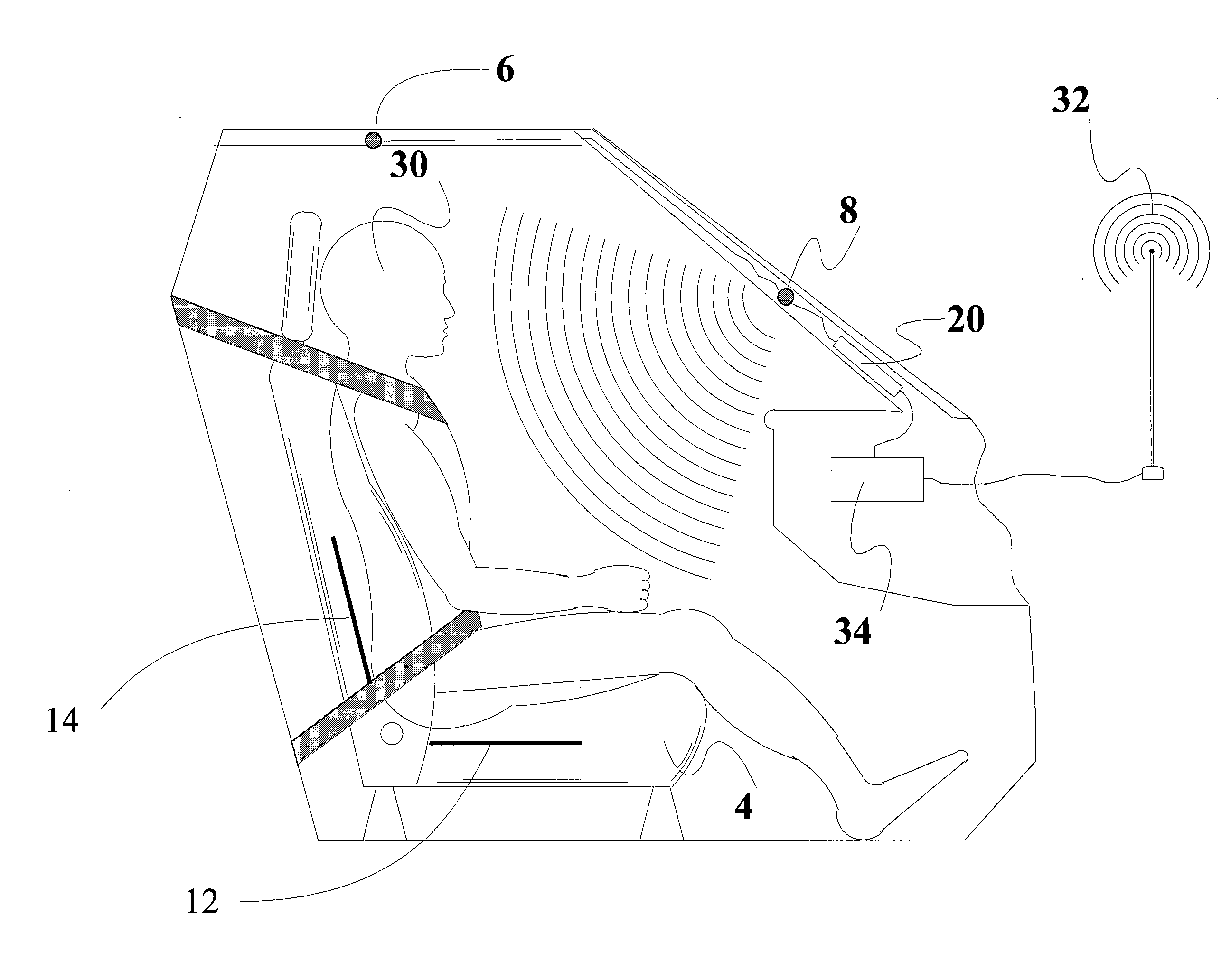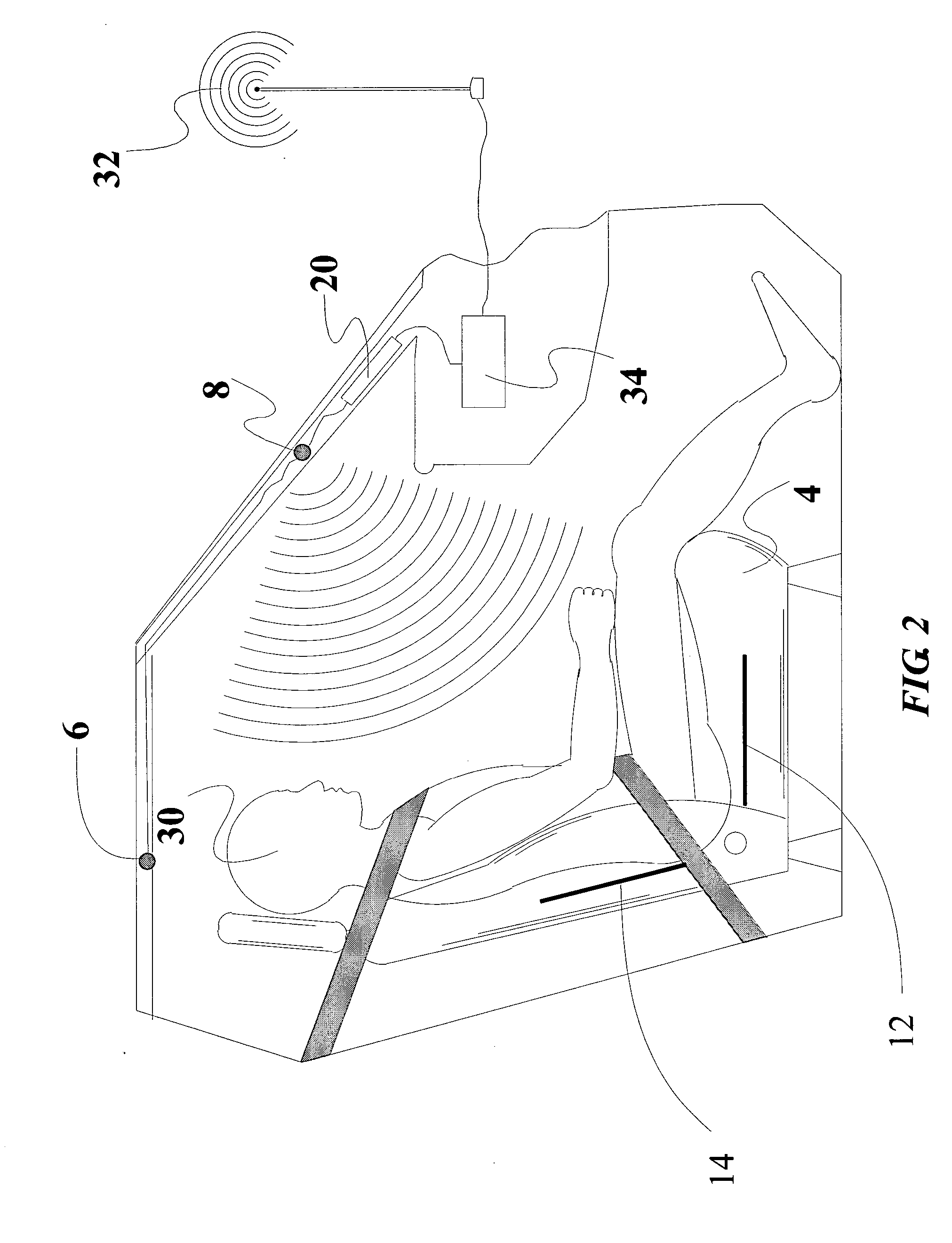Method and arrangement for obtaining information about vehicle occupants
a technology for obtaining information and occupants, applied in vehicle seats, special data processing applications, headlamps, etc., can solve the problems of high cost of laser systems described above, inaccurate control of the area covered, and inability to meet the requirements of ccd or cmos arrays
- Summary
- Abstract
- Description
- Claims
- Application Information
AI Technical Summary
Problems solved by technology
Method used
Image
Examples
Embodiment Construction
[0188] Note whenever a patent or literature is referred to below it is to be assumed that all of that patent or literature is to be incorporated by reference in its entirety to the extent the disclosure of these reference is necessary. Also note that although many of the examples below relate to a particular vehicle, an automobile, the invention is not limited to any particular vehicle and is thus applicable to all relevant vehicles including shipping containers and truck trailers and to all compartments of a vehicle including, for example, the passenger compartment and the trunk of an automobile or truck.
[0189] 1. General Occupant Sensors
[0190] Referring to the accompanying drawings, FIG. 1 is a side view, with parts cutaway and removed of a vehicle showing the passenger compartment, or passenger container, containing a rear facing child seat 2 on a front passenger seat 4 and a preferred mounting location for a first embodiment of a vehicle interior monitoring system in accordanc...
PUM
 Login to View More
Login to View More Abstract
Description
Claims
Application Information
 Login to View More
Login to View More - R&D
- Intellectual Property
- Life Sciences
- Materials
- Tech Scout
- Unparalleled Data Quality
- Higher Quality Content
- 60% Fewer Hallucinations
Browse by: Latest US Patents, China's latest patents, Technical Efficacy Thesaurus, Application Domain, Technology Topic, Popular Technical Reports.
© 2025 PatSnap. All rights reserved.Legal|Privacy policy|Modern Slavery Act Transparency Statement|Sitemap|About US| Contact US: help@patsnap.com



